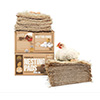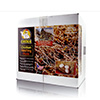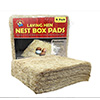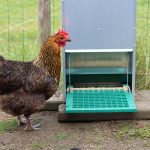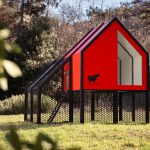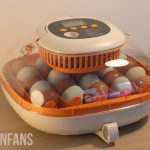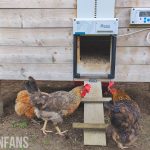Chicken Nesting Box Pads: Best Buys and Types
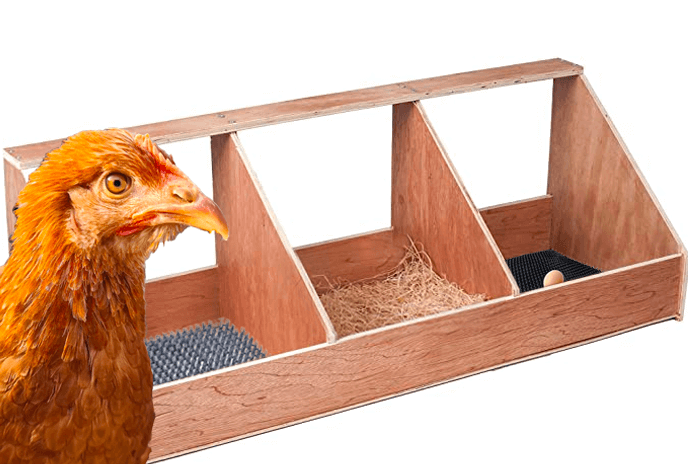
Chicken Fans is reader-supported. When you buy through our links, we may earn a commission. Learn more about our privacy policy and disclaimer.
Nesting boxes are essential to any poultry setup, providing a safe and comfortable place for chickens to lay their eggs. However, these boxes can quickly become uncomfortable for the birds without proper cushioning.
This article will explore the benefits of using nest box pads, both organic and reusable, and why they are important to any chicken coop. We’ll start by addressing our top choices for chicken nesting box pads.
BEST NESTING BOX PADS
Best Nesting Box Pads
Several brands are available on the market for nesting box pads, each offering different features and benefits. As a result, it can be challenging to choose the right one for your flock. We have tested several of the most popular nesting box pad brands and compiled a list of the best buys.
Each of these brands offers a high level of comfort for your chickens, providing a soft and cushioned surface for them to lay their eggs on. They are also known for their durability, made from high-quality natural materials designed to last.
Eaton Pet & Pasture
- High-quality & durable
- Sustainable brand
- Soft & comfortable
- Loose materials in the box
- More expensive than hay
Eaton Pet & Pasture organic aspen shavings-based nesting pads offer a plush and cushioned surface that is kind to chickens’ feet and gentle on eggs. With a thickness of 1 inch, the nesting pads also offer added cushioning to reduce the risk of broken eggs.
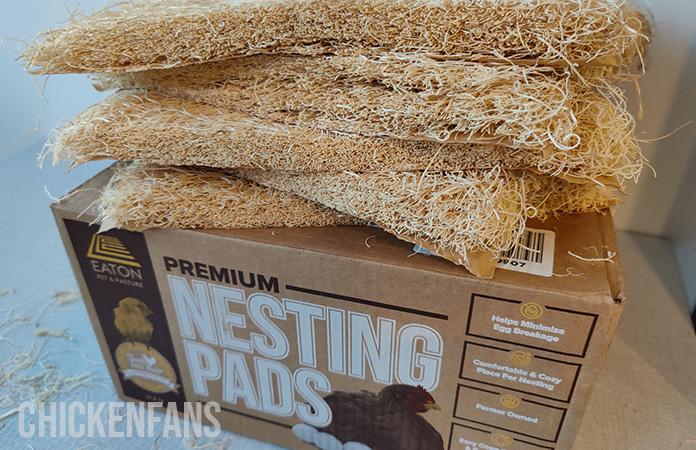
Eaton Pet and Pasture focuses on selling one type of nesting box pads, suited for all breeds of laying hens. Their Premium Laying Hen nesting box pads are made with 100% sustainably harvested Aspen excelsior. The company takes big pride in their products, which are all USA made, farmer-ownded, without additives or plastics and sustainable.
My Favorite Chicken
- High-quality & durable
- Sustainable brand
- Soft & comfortable
- Loose materials in the box
- More Expensive than loose bedding
My Favorite Chicken is a well-known company selling chicken products, including their own brand of nesting box pads. They make a difference with the aspen excelsior nesting pads because of the addition of aromatic nest herbs and edible flowers, making their pads premium quality pads.
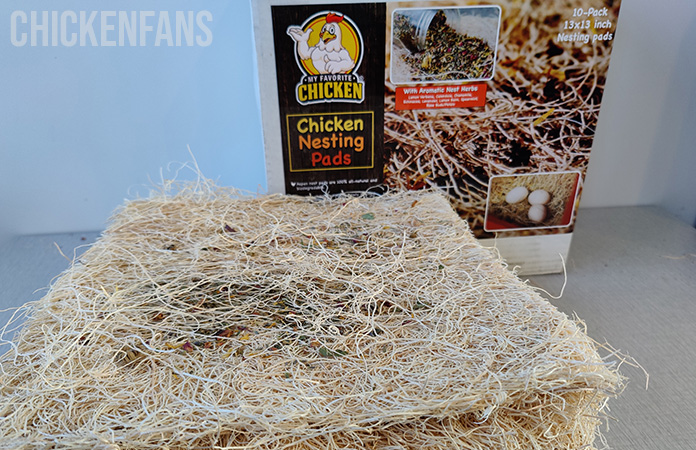
My Favorite Chicken sells natural and biodegradable excelsior aspen nest pads, added with aromatic nest herbs. Excelsior nest pads help to provide cleaner, fresher, better quality, and the added herbs give your hens a full aromatherapy treatment! My Favorite Chicken is US-based.
Cackle Hatchery
- High-quality & durable
- Sustainable brand
- Cheapest option
- 6-pack is more expensive
- Less appealing packaging
Cackle Hatchery, a third-generation family-owned hatchery based in Lebanon, MO, has been shipping over 202 varieties of purebred poultry from its facility since 1936. In addition to hatching chicks, the company also produces and sells its own brand of nesting box pads.
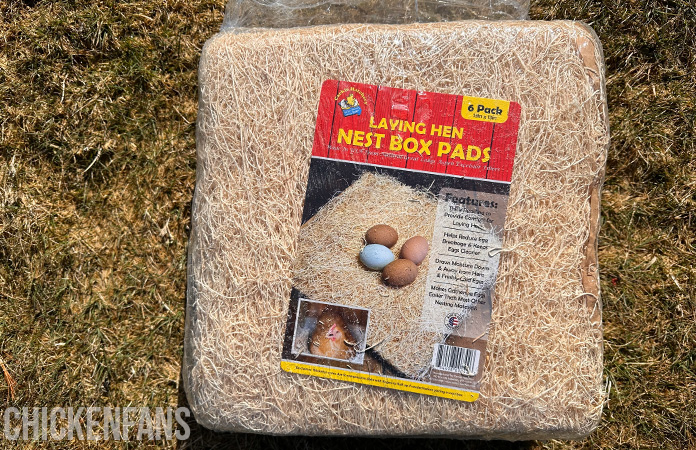
While the nesting box pads offered by Cackle Hatchery are of similar quality to those of My Favorite Chicken and Eaton Pet & Pasture, there are some differences to note.
The packaging for Cackle Hatchery’s pads is less visually appealing as it is plastic rather than a box, and, on the plus side, the bigger package sizes are cheaper than the other brands.
Comparing Nesting Box Brands
Although all three nesting box types addressed in this review are high-quality aspen nesting pads, there are some differences to note.
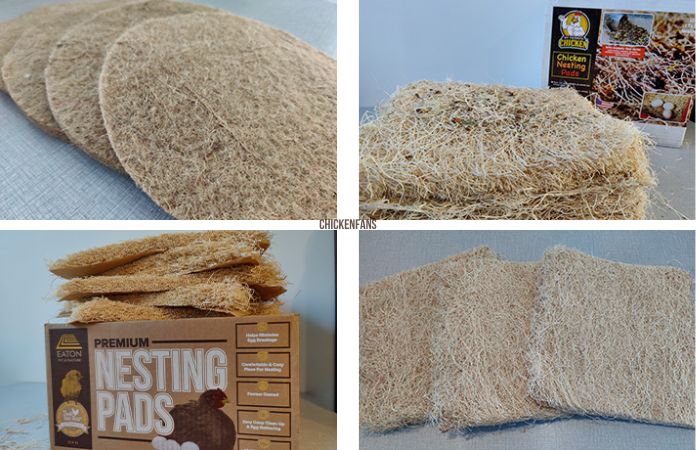
Packaging
Both My Favorite Chicken and Eaton Pet & Pasture are nicely packed in a sturdy cardboard box that can be easily stacked and stored. This is beneficiary as you can easily leave the remaining pads in the box until you have used them all.
Nesting box pads can have some loose materials falling off them over time, so to prevent any spillage while storing them, it’s best to leave them in the box.
On the other hand, Cackle Hatchery pads are packaged in plastic that must be torn open, making it difficult to store the remaining pads. As you can’t reuse the plastic, you’ll need to find a place to store the pads you aren’t using.
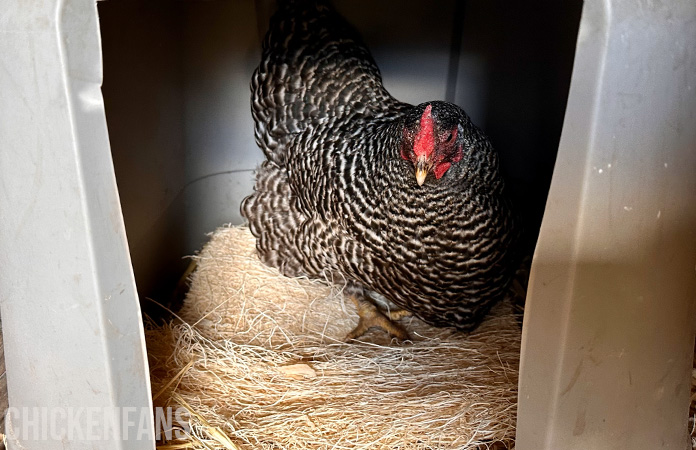
Features
The package Eaton Pet& Pasture and Cackle Hatchery pads include only the pads; no additions such as herbs are included or can be purchased separately.
My Favorite Chicken is the only brand on the list that offers additional nesting box herbs. The company sells the herbs included in the pads or in a separate bag, but they also offer their nesting pads without additional herbs, which are lower in price than the ones we tested.
All pads on our list have the same thickness and size, being 1 inch thick and measuring 13 x 13 inches.
Price
Since not all brands have the same amount of pads in one package, we recalculate the price to the price per pad rather than per package.
For example, My Favorite Chicken with Nesting Herbs currently costs $35 for a pack of 10 pads. Making the price per pad $3,50.
| Brand | Price per pad |
| My Favorite Chicken (with herbs) | $3,50 |
| Eaton Pet & Pasture | $3 |
| Cackle Hatchery | Between $4 and $1,90, depending on the number of pads in the package |
Cackle Hatchery is the cheapest option when buying the 12, 24, or 36-pack, with prices ranging between $2,75 and $1,90 per pad. They are more expensive when buying the 6-pack, with $4 per pad.
Eaton Pet & Pasture is $3 per pad, and My Favorite Chicken is the most expensive option at $3,50 per pad, but this includes the additional herbs. They only offer a 10-pack.
Why Use Nesting Box Pads?
The primary benefit of nesting box pads is to increase comfort for your chickens and decrease the chances of broken or soiled eggs. The pads provide a soft and cushioned surface for the birds to lay their eggs, reducing stress on their legs and creating a warm and cozy environment.
Another significant advantage of nesting box pads is their ease of use. Unlike loose bedding materials, they do not create a mess or scatter around the nesting boxes, making the chicken coop less messy. This, in turn, helps maintain a clean and healthy environment for your birds.
Furthermore, pads are more durable and long-lasting compared to loose bedding, reducing the need for frequent replacements and saving you time and money in the long run. Nesting box pads are also easier to replace or clean than loose bedding.
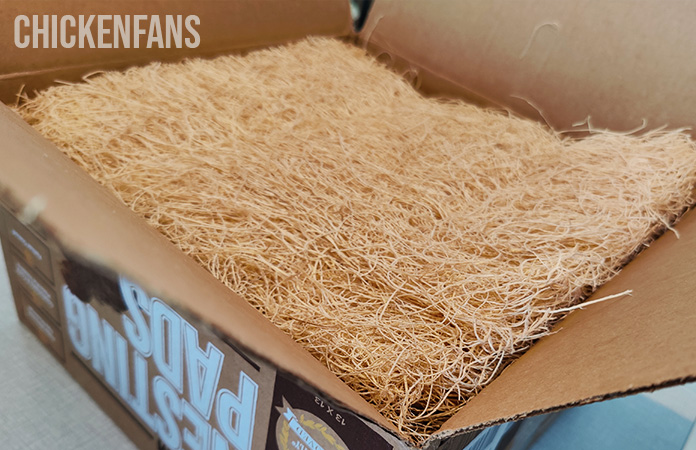
Main benefits of nesting box pads:
- Chickens are less likely to kick nesting pads out of the nesting box (unlike loose materials)
- Less chance of broken or dirty eggs
- Easier to clean and/or replace
Types of Nesting Box Pads
Several types of nesting box pads are available on the market, each offering unique features and benefits. Two of the most popular types are reusable and organic nesting box pads.
It is essential to consider your needs and preferences. Whether you prefer a reusable or organic solution, several options are available on the market. With the right nesting box pad, you can provide a comfortable and clean environment for your birds and make egg collection easier and more convenient.
Organic Nesting Pads
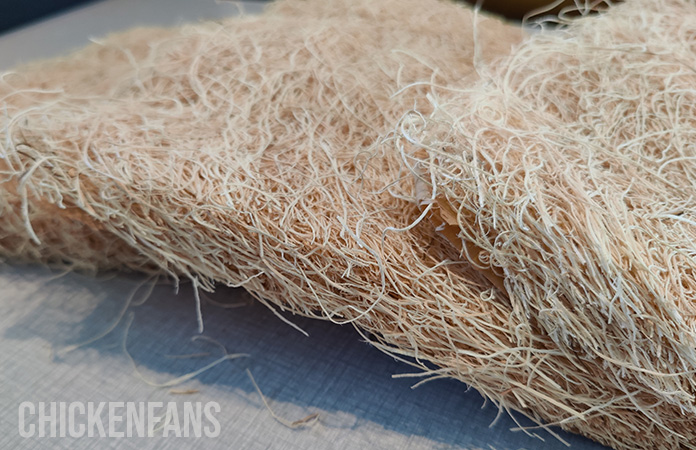
Examples of organic nesting pad materials:
- Hemp
- Aspen
- Palm
- Coconut Fiber
Aspen, hemp, grass, coconut fiber, or straw nesting pads are organic, soft, and comfortable types of bedding often used by chicken keepers. It has all the advantages of organic loose bedding materials but is cut out to fit inside the nesting box and does not make a mess in and around the nesting area.
Organic nesting pads are warm and snug but aren’t reusable or washable. When soiled, they have to be tossed out and replaced by a fresh pad. Therefore, organic nesting pads can be more expensive than reusable pads in the long run, but they still last a long time. If your hens don’t use the nesting boxes to sleep, you’ll probably last a couple of weeks to months with one pad.
The pads are pretty thick and very comfortable. They can easily be modified or rearranged by hens without ruining the pad. A big plus is although it’s a disposable nesting pad, it’s completely compostable, so there is no waste.
Organic nesting box pads are made from natural, biodegradable materials, making them more environmentally friendly. High-quality organic nesting box pads are made from durable materials designed to withstand repeated use, making them a cost-effective and eco-friendly solution for chicken keepers.
Some aspen nesting pads, like the My Favorite Chicken Nesting Pads, come with aromatic herbs to create a calm, fresh-smelling, and restful place to lay eggs.
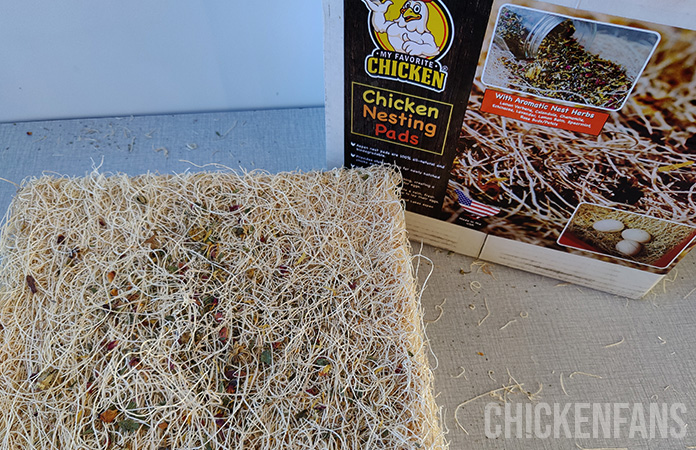
Reusable Nesting Pads
Examples of washable and reusable nesting pad materials:
- Plastic
- Rubber
- Synthetic Grass
Plastic, rubber nesting pads, or artificial grass are often used as nesting box bedding. It’s a matter of taste and comfort for your chickens. The main benefit of synthetic nesting pads is that they’re reusable and washable, which can be cheaper than organic pads. They are very easy to clean. Shake off any dirt, rinse with water, and leave to dry before placing the pads back inside the nesting box.
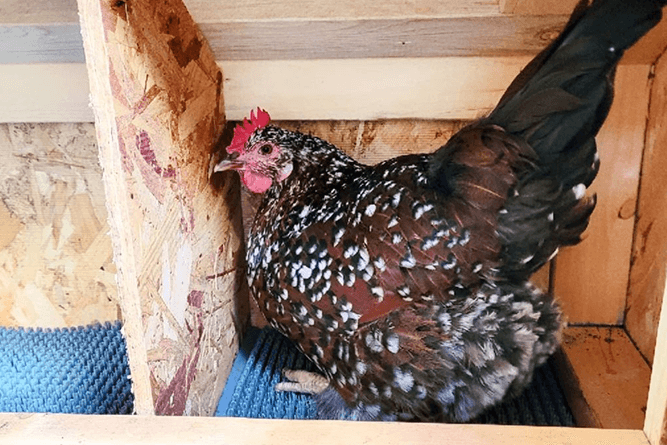
Chicken owners sometimes complain the plastic bedding is too stiff and uncomfortable for their hens. It doesn’t feel as natural and snug as organic bedding pads. Chickens can also not rearrange the bedding into a bowl-shaped nest. Keep an eye on your hens for the first days to make sure they like the new bedding.
You can make the transition less abrupt by placing organic material like straw or hay on top of the nesting pad. They’ll soon get used to the new nesting pads so that you can reduce the amount of organic material after some time. On the other hand, many chickens never have any problem with artificial nesting pads and use them without issues.
Always watch whether your chickens like the bedding material inside the nesting box. If they hate it, chances are, they start laying eggs in their litter or somewhere outside the coop.
Pros of Nesting Box Pads
Less Messy
Chickens have a natural instinct to make a bowl-shaped nest in the nesting box, and there are several reasons why they do so, including privacy and comfort. They keep moving around, scratching their feet in the nesting box, until they are happy with the result. When using loose bedding material inside the nesting boxes, you’ll soon realize your hens kicked out all bedding, and the nesting area is a mess.
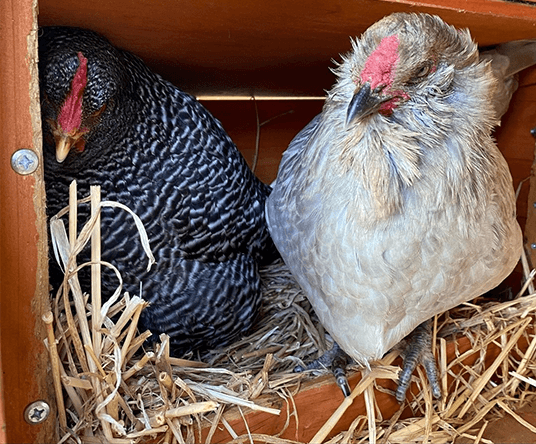
You’ll have more work cleaning out the coop and nesting boxes when using loose bedding material. And more importantly, the eggs will likely get more soiled and break easier.
Nesting pads are cut out, matching the exact size of the nesting box, and come in one piece. They are far less likely to be kicked out, but your hens can still mold these pads to a nest, which is an essential part of the nesting process and their well-being. This nest-shaping process is not possible when using plastic or rubber nesting pads.
Less Chance of Broken Eggs
As hens make a nest and relocate the bedding material, it often leaves a hollow in the middle of the nesting box bedding, exposing the wood. When chickens lay eggs, the chances of breaking or chipping the egg are higher as it lands on the hard wooden floor of the nesting box.
Cracked and broken eggs tempt chickens into eating their eggs, a habit very hard to unlearn. Egg eating is a concerning issue for chicken keepers. Hens that eat their own eggs can quickly become habituated to this behavior, and there will soon be no more eggs to collect in the morning.
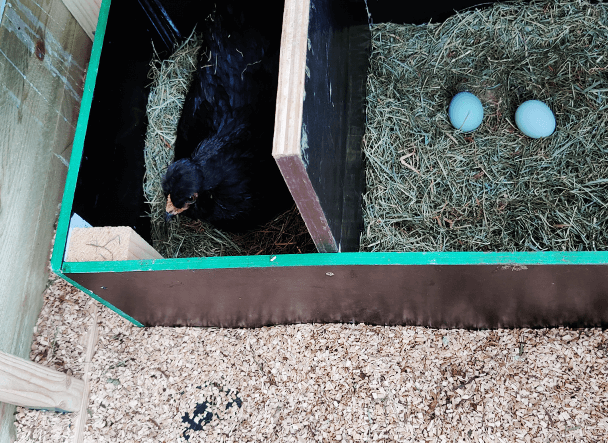
When it comes to egg-eating hens, prevention is better than cure. A layer of thick bedding material that stays in its place is recommended.
Easier to Clean and/or Replace
Organic nesting pads are not reusable; however, they don’t wear out fast. Most organic nesting pads will last for weeks and even months, depending on how many chickens you own and their nesting behavior. Simply replace the pads with fresh ones when they get soiled, wet, or dirty. There is no need to clean out loose bedding material; take out the old pad and place a fresh one in the nesting box.
Synthetic nesting pads are reusable and washable. Hose down the pads to get them clean, and after drying, they’re ready for use!
Cons of Nesting Box Pads
There really aren’t downsides to nesting pads, except for the higher price. Nesting pads are more expensive than loose bedding materials like straw, hay or wood shavings.
When you have the money to spare, nesting box pads, especially thick, organic ones, are, in our opinion, the best bedding option. If you want to explore other options than nesting box pads, check out our article on ‘Best Chicken Nesting Box Bedding‘.
BEST NESTING BOX PADS
Summary
Several types of nesting box pads are available on the market, each offering unique features and benefits. Two of the most popular types are reusable and organic nesting box pads. Each of these types offers a high level of comfort for your birds, providing a soft and cushioned surface for them to lay their eggs. Nesting box pads are a practical solution for any chicken keeper looking to provide their birds with a comfortable environment.
With a range of benefits for the health and comfort of your birds, they are a purchase worth considering for any chicken coop.
If you want to read more Chicken Fans product reviews, please go to our in-depth review articles.
Further Reads:
Best Automatic Chicken Coop Door – Real Life Testing (2023)
Best 3 Portable Chicken Coops (+Free DIY Plan)
Best Chicken Feeders: From Budget to Best Buy
Omlet Eglu: Is it Worth the Money?
OverEz Chicken Coop: Value for Money?
Other Reads
- Apart from nesting box pads, you have several other options for nesting box bedding
- Nesting box bedding differs from chicken coop bedding
- What to do if your chickens are broody
- Chickens can lay two eggs a day
- Why you might find soft-shelled eggs in the nesting box
